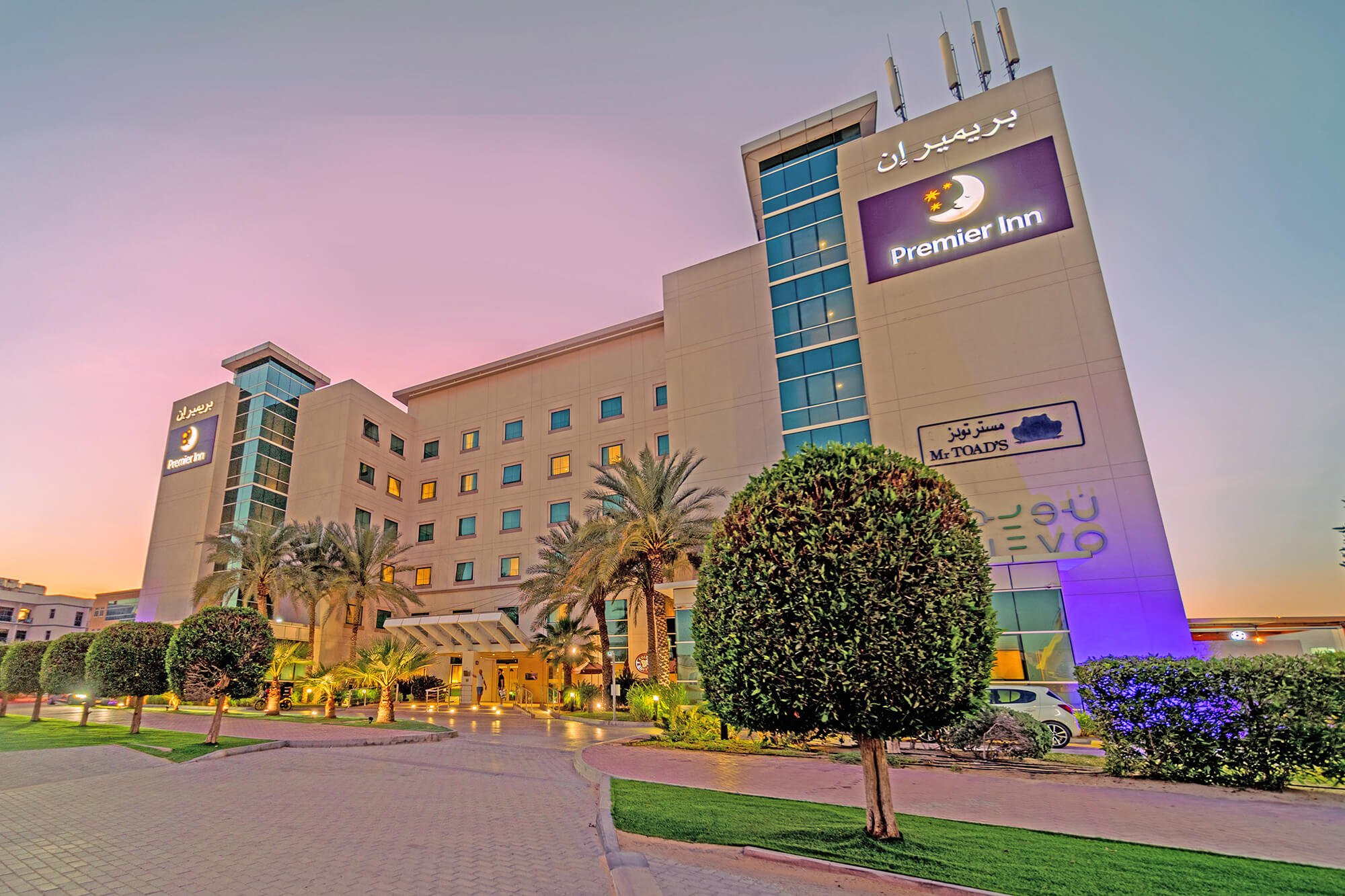
Johny Mohamed Gaouse Jakkir Hussain
Social Media Executive

The world of digital marketing is changing fast, and by 2025, it will look very different from what we’re used to today. With new tech, rising expectations from consumers, and a growing focus on ethical practices, brands will need to stay adaptable to remain relevant.
Here’s what you can expect and how your brand can stay ahead in 2025.
AI-driven marketing and automation
Artificial Intelligence (AI) is quickly becoming the core of digital marketing. By 2025, brands will use AI to create personalised customer experiences, predict what customers want, and automate repetitive tasks. AI can help businesses respond to customers faster, improve targeting, and even adjust campaigns in real-time based on live data.
Beyond improving efficiency, AI also enables a deeper understanding of customer behaviour by identifying patterns and trends that may be missed through traditional analysis. As AI tools become more advanced, they’ll empower brands to create marketing strategies that are both data-driven and highly responsive to changing consumer needs.
How to stay ahead: Invest in AI tools that help automate tasks and personalise your customer interactions. Look for solutions that leverage AI to tailor ads, recommend products, and enhance customer service, these will be essential for running efficient, impactful campaigns.
Voice marketing - Talking to customers in new ways
As people get more comfortable using voice-activated devices like Alexa, Google Home, and Siri, voice search is becoming a big part of how people interact with brands. By 2025, voice search will be common for shopping, getting information, and asking questions. To reach these customers, brands need to make sure their content works well with voice search. According to Statista, the number of digital voice assistants in use worldwide reached 8.4 billion in 2024, a clear sign that this trend is only growing.
How to stay ahead: Tailor your content to answer questions directly and clearly, think FAQs, conversational blog posts, and “how-to” articles. Also, consider creating branded voice experiences, like Alexa skills or interactive voice ads, to reach customers in a more personal, conversational way.

Hyper-personalised digital ads
Personalised advertising has been around for a while, but by 2025, it will be more important than ever. Consumers are used to seeing ads tailored to their interests, and they’re quick to ignore anything that feels irrelevant. Advances in data analysis mean ads will be even more targeted, based on a person’s behaviour, location, and preferences.
And the benefits of personalisation are significant: according to McKinsey, personalisation can cut customer acquisition costs by up to 50%, boost revenue by 5-15%, and improve marketing ROI by 10-30%. This makes hyper-personalisation not just a trend but a competitive advantage for brands that invest in it.
How to stay ahead: Use customer data responsibly to create ads that feel relevant and useful. From product recommendations to location-specific offers, brands that can make their messaging feel personal will see better engagement. Just remember to be transparent about how you’re using data to maintain customer trust.
Bringing products to life with AR and VR
Immersive technology like augmented reality (AR) and virtual reality (VR) is opening up exciting ways for brands to connect with customers. Imagine "trying on” clothes virtually or seeing how furniture would look in your living room before you buy it. By 2025, consumers will expect brands to offer these kinds of interactive experiences. The global VR market alone is projected to reach $435 billion by 2030, highlighting the massive potential for brands willing to invest in these technologies.
How to stay ahead: Experiment with AR and VR to create engaging, memorable shopping experiences. Virtual fitting rooms, interactive product demos, or even branded games can make your brand stand out and help customers make confident buying decisions.
Grabbing attention through short-form videos
Video content has been huge for years, and short-form videos will continue to grow in 2025. Platforms like TikTok, Instagram Reels, and YouTube Shorts have made quick, catchy videos the norm, especially for younger audiences. These bite-sized videos are perfect for capturing attention in a crowded digital space and are ideal for brand storytelling and product highlights.
While short-form videos are excellent for grabbing attention, long-form content isn’t going away. In 2025, in-depth videos like tutorials, product reviews, and thought leadership pieces, will still play an important role in building trust and providing detailed information. Brands will need a mix of both formats to engage audiences effectively.
How to stay ahead: Focus on creating visually engaging short-form videos that are easy to watch and share. Mix it up with tutorials, behind-the-scenes clips, and quick product demos. At the same time, consider using long-form content for deeper dives and live streaming to build personal connections with your audience.
UGC - letting customers share their stories
Consumers trust real people more than ads, which is why user-generated content (UGC) is so powerful. According to a survey by Walls.io, 54% of marketers confirm that UGC is the most engaging content type on social media. By 2025, UGC like customer reviews, social media posts, and testimonials, will play an even bigger role in digital marketing, as people increasingly want to see authentic stories from other customers rather than polished brand messages.
How to stay ahead: Encourage your customers to share their experiences on social media and showcase this content on your website and marketing channels. Offering incentives like discounts or giveaways can motivate people to create and share UGC. This approach not only adds authenticity but also builds a stronger sense of community around your brand.

Ethical and sustainable marketing
More and more consumers want to support brands that share their values, and by 2025, being ethical and sustainable will be a must. People are looking for companies that care about social and environmental issues. However, they’re also cautious about “greenwashing” (brands making false claims about sustainability), so being transparent will be key.
How to stay ahead: Make sure your brand’s values are clear and backed up by real actions. Whether it’s using eco-friendly packaging, sourcing materials responsibly, or supporting local communities, be honest about what you’re doing. Authenticity builds trust, and brands that genuinely prioritise sustainability will attract loyal customers.
Digital marketing trends for 2025 will focus on personalisation, authenticity, and creating experiences that feel genuine and relevant. AI will drive much of this shift, allowing brands to connect with customers on a personal level. Voice and video content will continue to grow, and brands that prioritise ethical practices will win customer loyalty.
In an ever-changing digital world, success will come to those who stay flexible and responsive. Embrace these trends, invest in the right technology, and stay true to your brand’s values to make 2025 your best year yet.



